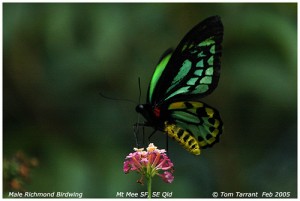All things dull and ugly
The headline on the Climate Spectator website said it all. “Approval of Adani’s mega coal mine overturned – for a skink and a snake, not a fried planet,” it read. The federal court’s decision, it went on, came down to “protecting two animals you’ve probably never heard of”: the Yakka Skink and the Ornamental Snake.
The trade minister, Andrew Robb, apparently suffering from reptile rage, described the skink as a “patsy”, implying that opposition to the mine was based on a hatred for coal more than concern for a lizard that is rarely seen even by herpetologists. (The best way to find one is to look for the little piles of poop outside their burrows.)
Not since former Victorian premier Jeff Kennett called the Orange-bellied Parrot a “trumped-up corella”, when its critically endangered status proved problematic to the planned relocation of a chemical plant, have we seen such disdain heaped upon a critter for getting in the way of development.
Kennett’s attitude to the parrot – which has a wild population of about 35 – summed up the general care factor towards any animal that’s smaller than a whale and not as cute as a koala. Species such as the Leadbeater’s Possum and Tasmanian Devil have benefitted from broad public recognition.… Read more..
All things dull and ugly Read More »
